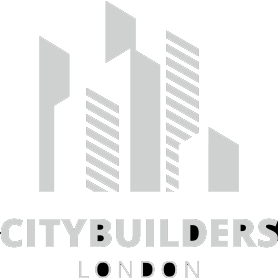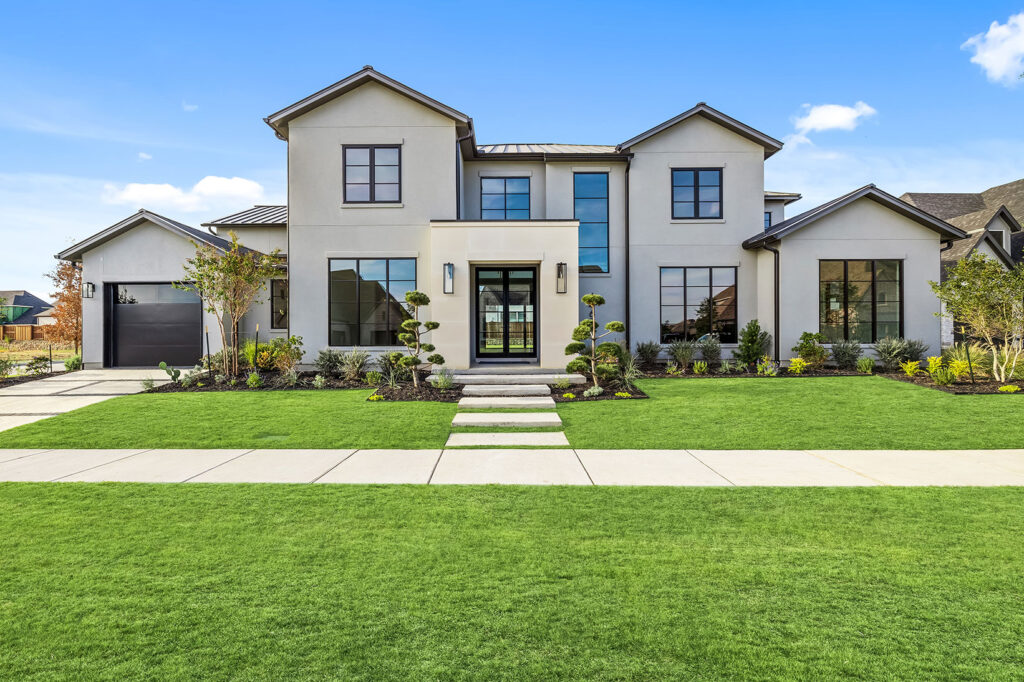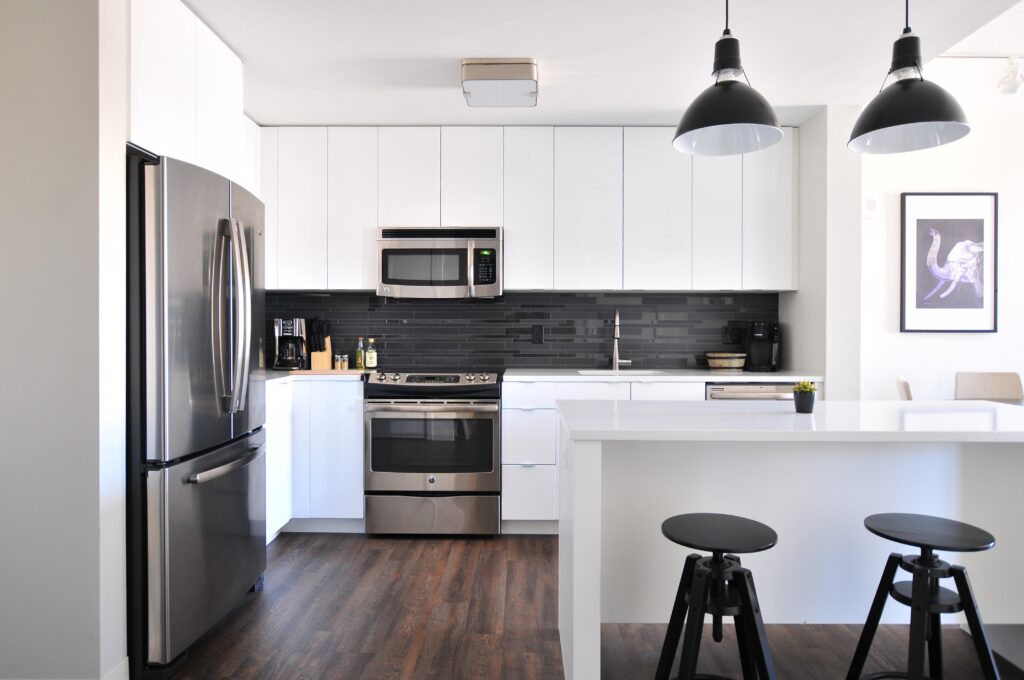Embarking on a new build project is an exciting endeavor that offers the opportunity to create a customized space tailored to your preferences and needs. However, managing the budget for a new build can be a daunting task, with various factors and expenses to consider. To ensure a successful and cost-effective new build experience, it’s essential to have a well-defined budget and strategies in place to stick to it. In this blog post, we’ll explore six crucial tips to help you stay within your new build budget without compromising on quality or design.
1. Establish a Realistic Budget from the Start
Before diving into the design and construction phases of your new build project, take the time to establish a realistic budget based on thorough research and consultation with financial experts. Consider all potential costs, including land acquisition, design fees, construction materials, labor, permits, taxes, landscaping, and contingency funds for unexpected expenses.
It’s crucial to factor in both the initial construction costs and long-term maintenance and operational expenses to avoid financial strain down the road. Work with architects, builders, and financial advisors to create a detailed budget spreadsheet that accounts for every aspect of the project, including allowances for design upgrades or unforeseen changes.
2. Prioritize Your Needs and Wants
One of the most effective strategies for staying within budget is to prioritize your needs versus wants. Identify must-have features and essential elements of your new build, such as structural integrity, energy efficiency, functional layout, safety standards, and compliance with building codes. These aspects should take precedence in your budget allocation to ensure a solid foundation for your new home.
Once the essential needs are addressed, you can then allocate funds for non-essential upgrades or aesthetic enhancements based on available budget and personal preferences. By distinguishing between needs and wants, you can make informed decisions during the design and selection process, avoiding overspending on unnecessary luxuries.
3. Research and Compare Costs
Conduct thorough research and obtain multiple quotes from reputable suppliers, building contractors, and service providers before committing to any purchases or contracts. Compare costs for building materials, fixtures, finishes, appliances, and construction labor to identify cost-effective options without compromising quality.
Seek recommendations from trusted sources, read reviews, and ask for references to ensure that you’re working with experienced professionals who offer competitive pricing and transparent pricing structures. Keep track of all quotes, estimates, and invoices to maintain a clear overview of your expenses and identify potential areas for cost savings.
4. Plan for Contingencies
No matter how well you plan, new build projects can encounter unforeseen challenges or changes that may impact your budget. It’s essential to allocate a contingency fund within your budget to cover unexpected expenses, design revisions, weather delays, material shortages, regulatory adjustments, or contractor issues.
Experts recommend setting aside at least 10% to 15% of your total budget as a contingency reserve to handle any surprises that may arise during the construction process. Having a buffer fund in place provides financial peace of mind and ensures that your project can proceed smoothly without compromising quality or timeline constraints.
5. Communicate Clearly with Your Team
Effective communication is key to staying within budget and avoiding misunderstandings or costly mistakes during the new build process. Maintain open and transparent communication with your architect, builder, contractors, subcontractors, suppliers, and project managers from the outset.
Clearly articulate your budget constraints, expectations, timeline requirements, design preferences, and quality standards to all stakeholders involved. Regularly update and review project milestones, budgets, and progress reports to address any issues promptly and make informed decisions that align with your financial objectives.
6. Monitor and Adjust as Needed
Throughout the new build project, monitor your budget closely and track expenses against your initial estimates and allocations. Use budget tracking tools, software, or spreadsheets to maintain financial visibility and identify any deviations or areas of overspending.
Be prepared to make adjustments or trade-offs if necessary to stay within budget constraints. Evaluate cost-saving opportunities, explore alternative materials or designs, negotiate pricing with vendors, and seek value engineering solutions to optimize your budget without compromising on quality or functionality.
By proactively monitoring and managing your budget throughout the new build process, you can make informed decisions, maintain financial discipline, and achieve your desired outcomes within your allocated budget.
Sticking to your new build budget requires careful planning, prioritization, research, communication, and flexibility. By establishing a realistic budget from the start, prioritizing essential needs, researching costs, planning for contingencies, communicating effectively with your team, and monitoring expenses closely, you can successfully navigate the new build process while staying within your financial limits. With strategic budget management, you can create a dream home that meets your expectations, fulfills your needs, and represents a sound investment for the future.
For more information you can call us at 07440079145 or contact us





